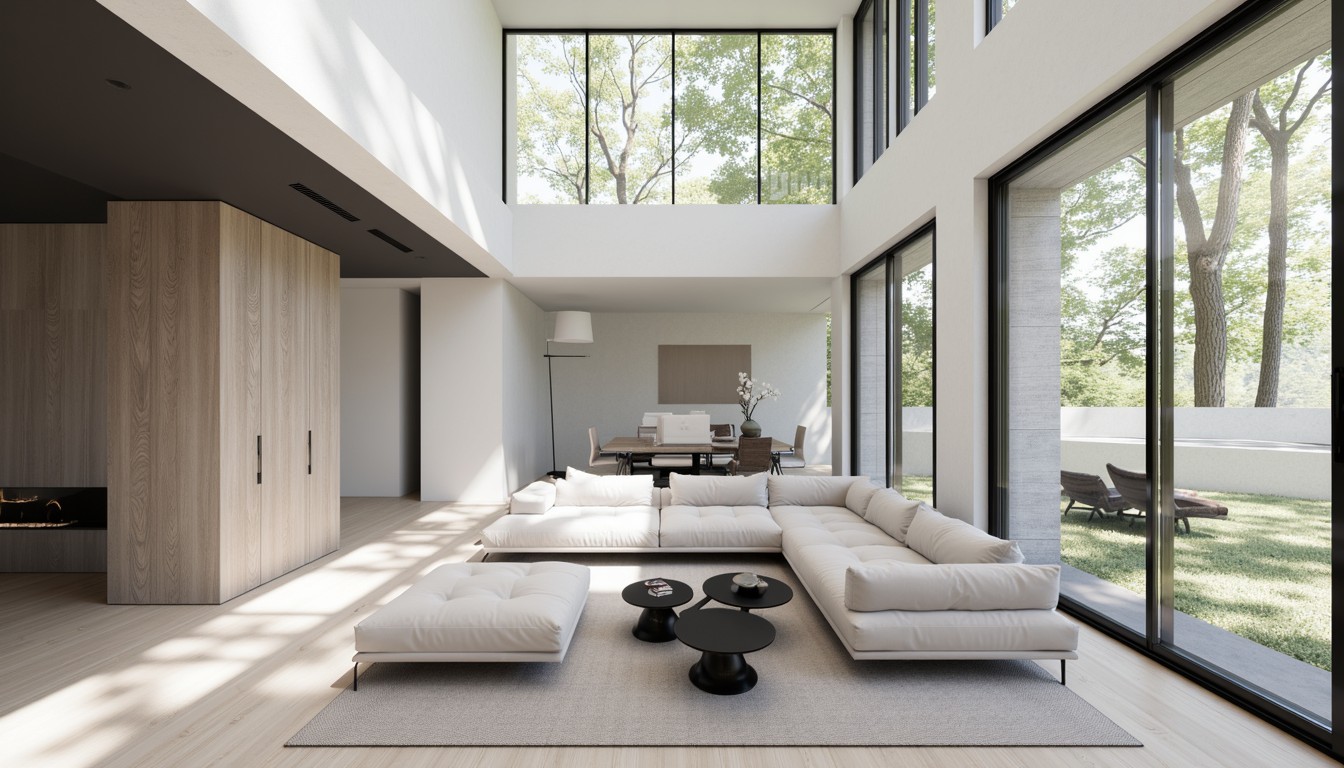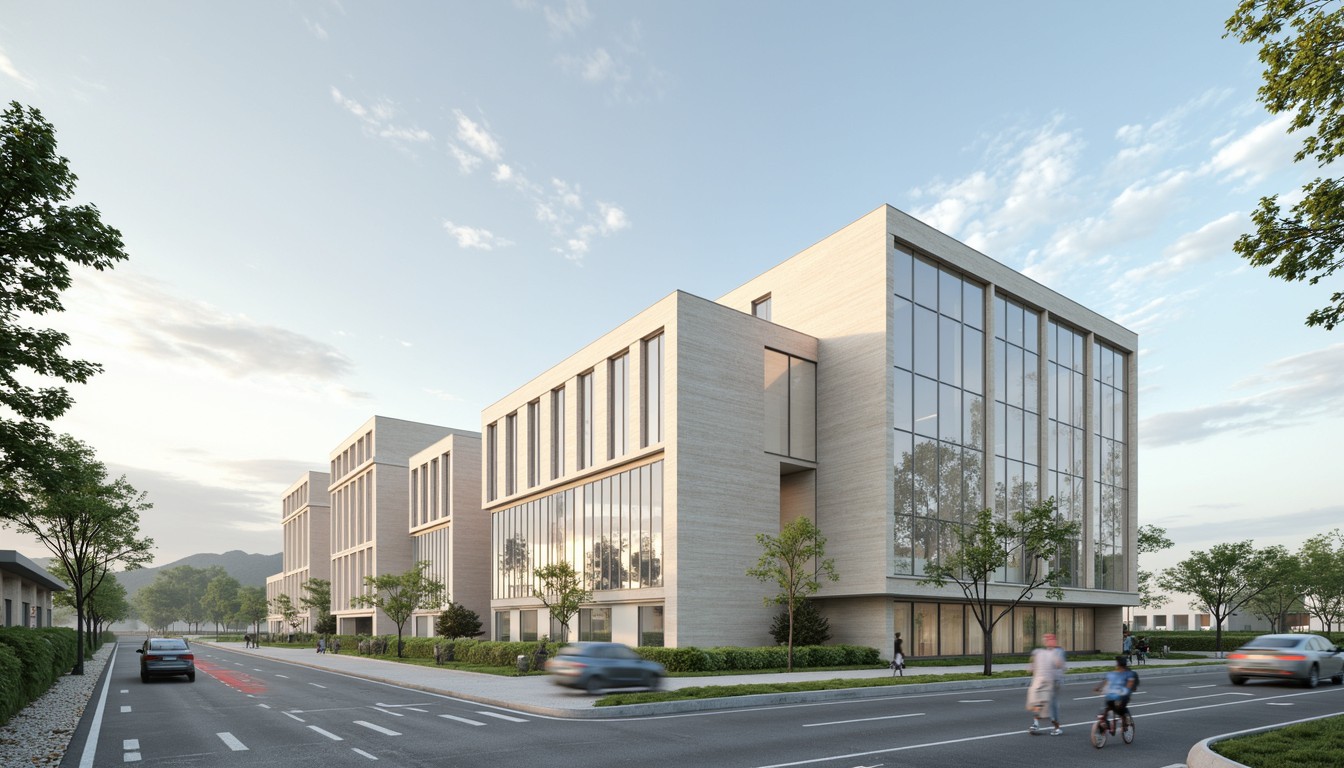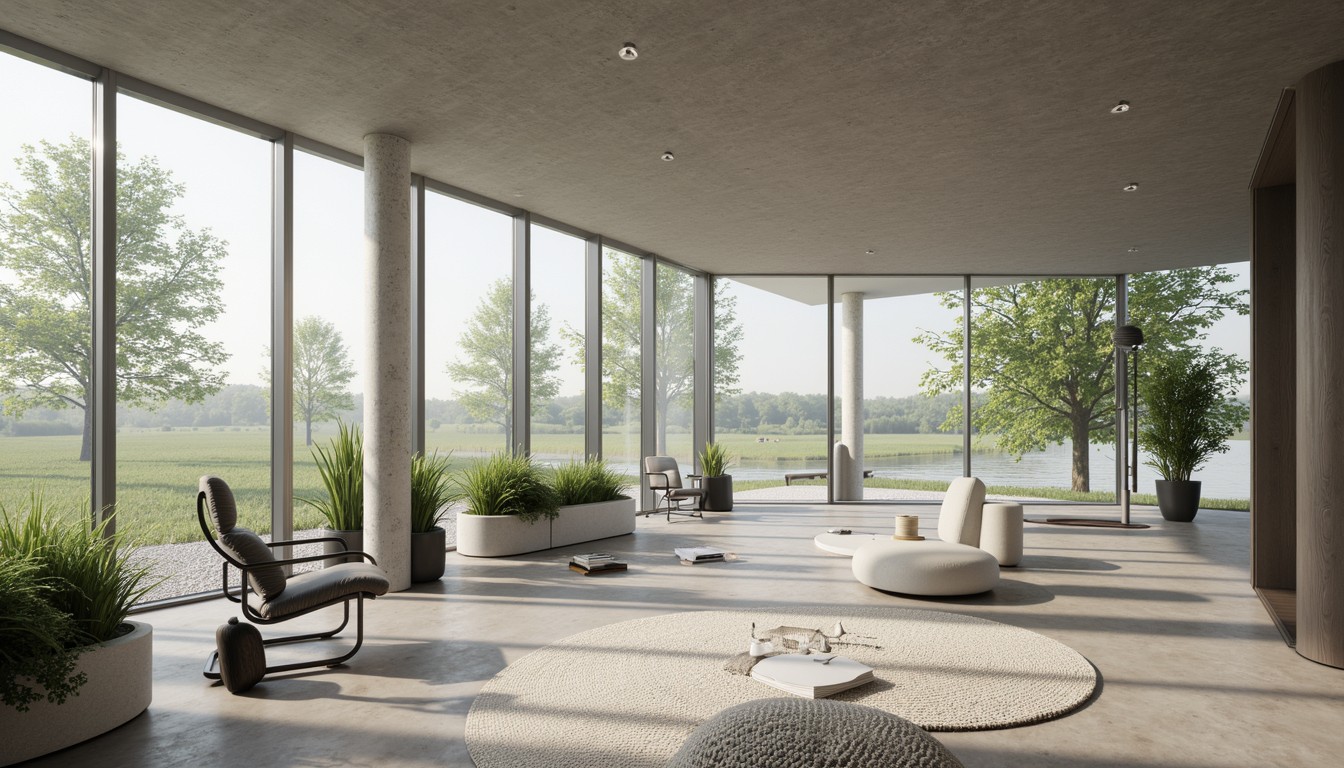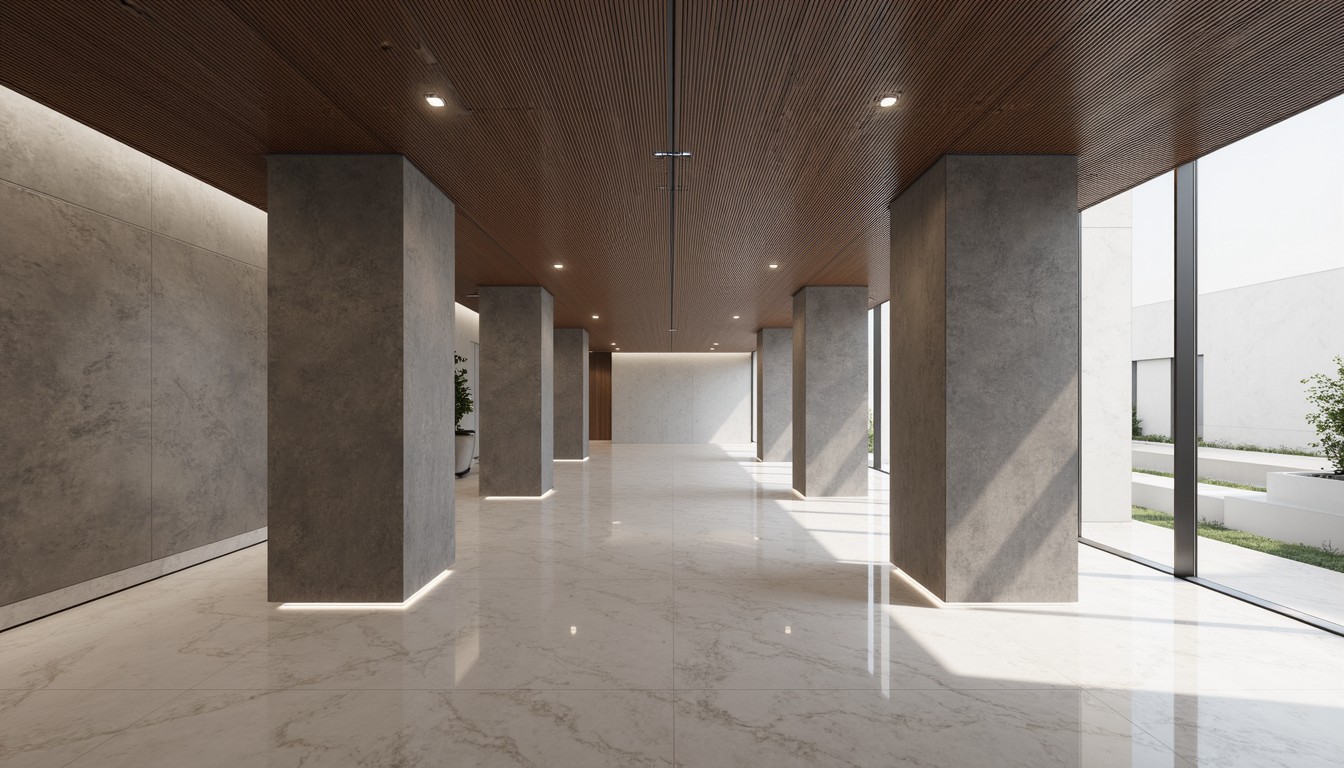Immersive Design: Revolutionizing Architecture with VR & AR
The architectural landscape is undergoing a dramatic transformation, driven by technological advancements that blur the lines between the physical and digital worlds. Virtual Reality (VR) and Augmented Reality (AR) are no longer futuristic fantasies; they are powerful tools reshaping how architects design, present, and experience their creations. At ArchNav, we're at the forefront of this revolution, utilizing the latest VR and AR technologies to deliver unparalleled immersive design experiences.
Understanding the Power of VR and AR in Architecture

Virtual Reality (VR) immerses users in a completely simulated environment. Wearing a VR headset, architects and clients can step inside a digital building model, experiencing its scale, proportions, and spatial qualities with unprecedented realism. This allows for a deeper understanding of the design before any physical construction begins.
Augmented Reality (AR) overlays digital information onto the real world. Using smartphones or tablets, architects can visualize a proposed building superimposed onto an existing site, allowing clients to see exactly how the new structure will integrate with its surroundings. This is particularly useful for urban planning projects and renovations.
Real-World Applications of Immersive Design

1. Enhanced Client Collaboration and Communication:
VR and AR drastically improve client communication. Instead of relying on static renderings or 2D plans, architects can guide clients through a virtual walkthrough of their future home or office, fostering a shared understanding and reducing the risk of misinterpretations. This leads to quicker approvals and minimizes costly revisions later in the process.
2. Early-Stage Design Exploration and Iteration:
VR allows architects to experiment with different design options in a risk-free virtual environment. They can quickly iterate on designs, test various materials and layouts, and identify potential issues early on, saving time and resources. This iterative process empowers architects to create more innovative and efficient designs.
3. Improved Design Quality and Accuracy:
The immersive nature of VR and AR allows for a more intuitive and accurate assessment of design details. Architects can identify potential spatial conflicts, ergonomic issues, and lighting problems before they become costly mistakes in the construction phase. This leads to higher-quality designs that better meet the needs of the users.
4. Enhanced Construction Management and Planning:
VR and AR can be used to create detailed virtual models of construction sites, allowing for better planning and coordination among contractors. This reduces the potential for errors and delays, improving efficiency and safety on the construction site. Workers can familiarize themselves with the project in a safe virtual environment before starting the actual construction.
5. Marketing and Sales Presentations:
Presenting a project using VR or AR creates a memorable and impactful experience for potential buyers. This innovative approach helps architects showcase their designs in a more engaging and persuasive manner, leading to increased sales and a stronger brand presence.
The Future of Immersive Design in Architecture

The future of immersive design is bright. Advancements in VR and AR technology promise even more realistic and interactive experiences. We can expect to see increased integration of haptic feedback, improved rendering capabilities, and more sophisticated user interfaces. The development of advanced AI tools will further automate design processes, allowing architects to focus on creative problem-solving.
Furthermore, the convergence of VR/AR with other technologies like BIM (Building Information Modeling) will create even more powerful design tools. This integration will streamline workflows, improve collaboration, and enable data-driven decision-making throughout the entire architectural process.
ArchNav: Your Partner in Immersive Architectural Visualization
At ArchNav, we leverage the power of VR and AR to deliver cutting-edge architectural visualization services. Our team of experienced professionals utilizes the latest technologies to create immersive experiences that transform how architects and clients interact with their designs. We are committed to pushing the boundaries of immersive design, helping our clients achieve their vision and exceed expectations.
Contact us today to learn how ArchNav can help you harness the power of VR and AR to elevate your architectural projects to new heights.
